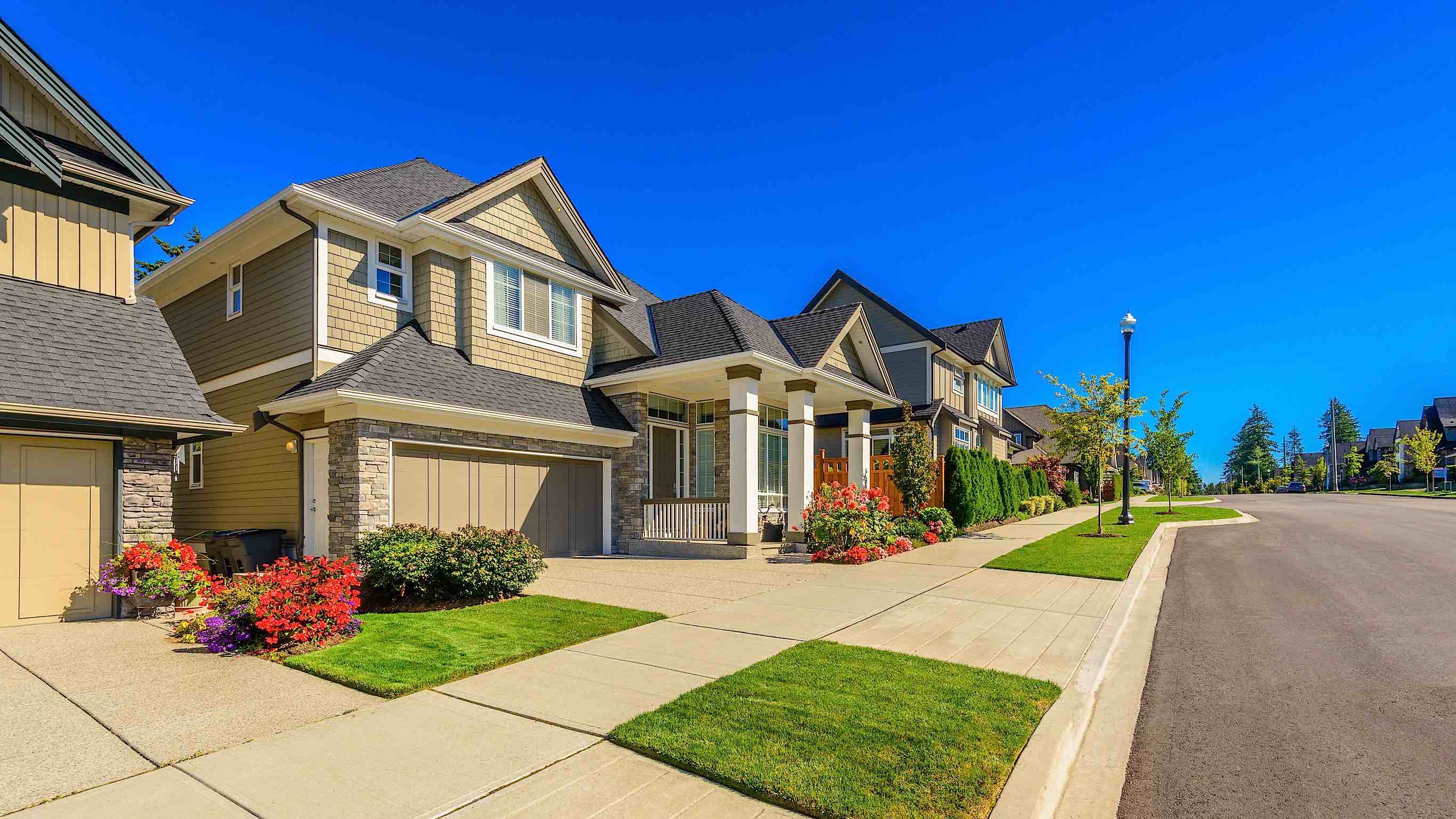Home Flipping Trends Look To Pick Up Where 2015 Left Off
By Than Merrill
No more than a decade removed from the onset of the Great Recession, home flipping seems to finally be hitting its stride. Equity is on the rise in most markets, the foreclosure crisis appears manageable, and home prices continue to increase. For all intents and purposes, 2016 looks to capitalize on what has already been deemed a successful 2015. There is, however, one contingent that appears to favor the direction things are heading more so than any other: real estate investors. In fact, 2015 was one of the best years real estate investors have seen in quite some time.
According to numbers released by RealtyTrac, “179,778 U.S. single-family homes and condos were “flipped” in 2015,” each of which accounted for 5.5 percent of all single-family home and condo sales over the course of the year. Interest in the already popular investment vehicle has grown exponentially in association with rising home prices. Three-quarters of the housing market, for that matter, saw home flipping activity increase.
“As confidence in the housing recovery spreads, more real estate investors and would-be real estate investors are hopping on the home flipping bandwagon,” said Daren Blomquist, senior vice president at RealtyTrac. “Not only is the share of home flips on the rise again, but we also see the flipping trend trickling down to smaller investors who are completing fewer flips per year. The total number of investors who completed at least one flip in 2015 was at the highest level since 2007, and the number of flips per investor was at the lowest level since 2008.”
While there is room for interpretation, RealtyTrac identified 110,008 investors (or entities) that had the fortitude to complete at least one flip. That means the average investor was responsible for about 1.63 home flips last year. Not surprisingly, we haven’t seen that many investors partake in the market since 2007. At that time, nearly 10 years ago, there were approximately 130,603 investors actively flipping homes. For as impressive as those numbers sound, neither holds a candle to 2005, when estimates place the number of investors somewhere in the neighborhood of 260,000.

“More inexperienced home flippers with a smaller financial cushion could be a sign of an over-speculative market, but the data indicates that flippers in 2015 continued to operate within relatively conservative margins,” Blomquist continued. “Homes flipped in 2015 were on average purchased at a 26 percent discount below estimated market value and re-sold by the flipper at a 5 percent premium above estimated market value.”
For all intents and purposes, 2015 represented a great year for investors within the real estate industry. But don’t take my word for it; RealtyTrac data suggests that the average gross flipping profit is higher than it has been in years. In fact, the average profit on a flip is currently at it highest point over the course of the last 10 years. Flipping homes in 2015 yielded an average gross profit of $55,000 across the country. No other year has come close to those margins since 2005, when gross profits topped $58,000. To be clear, the average gross flipping profit refers to the difference between the purchase price and the flipped price. It is important to note, however, that the gross profit doesn’t include subsequent rehab costs and similar expenses.
I remain highly encouraged by the direction real estate investment trends are heading. The difference in the average investor’s return on investment (ROI) says as much. No more than two years ago (2014), the average ROI on a flip was 44.2 percent. Last year, however, that number increased to 45.8. And while the difference may be minimal, it is important to note that the numbers are trending in the right direction for investors.
As I am sure you are aware, gross profit margins and ROI are contingent on the part of the country investors choose to set up shop. That said, the numbers I have already referenced are averages. A city as hot as San Francisco, for example, is certainly going to skew things higher. In fact, the average gross profit for a flip in San Francisco last year reached $145,000, almost tripling the national average. San Jose ($145,000), New York ($120,000) and Los Angeles ($115,000) rounded out the top four markets with the highest flipping profits.
That’s not to say that there aren’t other markets with similarly encouraging trends. If you are interested in flipping homes, but can’t quite afford the numbers that have become synonymous with some of America’s hottest cities, there are other locations that warrant your attention. That said, the following markets saw the largest increases in ROI from 2014 to 2015:
- Boise, Idaho (85% increase)
- Hartford, Connecticut (51% increase)
- Ocala, Florida (49% increase)
- Homosassa Springs, Florida (41% increase)
- Huntsville, Alabama (39% increase)
It’s hard to argue with the progress made by the real estate investor community. 2015 was a particularly good year for the lot. However, there are those that believe this year could be even more promising. There is no reason 2016 shouldn’t be able to pick up where 2015 left off.